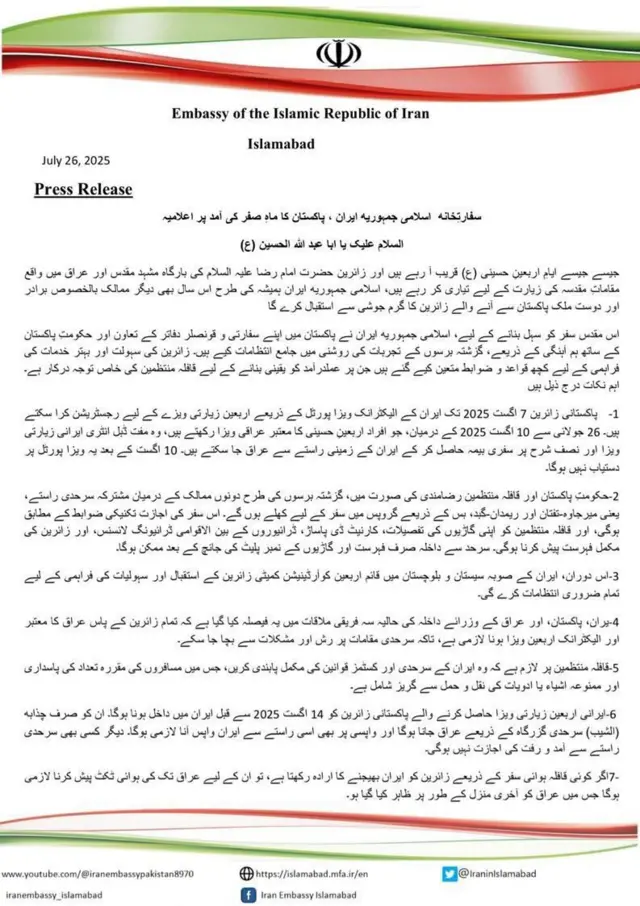کن صورتوں میں رقم واپس نہیں ملے گی: اگر ٹاس کے بعد میچ منسوخ کر دیا گیا۔ خراب موسم، کھیل کے ناساز حالات، قومی سوگ کی صورت میں یا ٹاس کے بعد میچ منسوخ ہونے کی صورت میں۔ ٹکٹ کی دوبارہ فروخت یا کسی دوسرے شخص کو منتقل کرنے کی صورت میں غیر مجاز تھرڈ پارٹی وینڈرز یا ری سیل پلیٹ فارمز کے ذریعے خریدے گئے ٹکRead more
کن صورتوں میں رقم واپس نہیں ملے گی:
- اگر ٹاس کے بعد میچ منسوخ کر دیا گیا۔
- خراب موسم، کھیل کے ناساز حالات، قومی سوگ کی صورت میں یا ٹاس کے بعد میچ منسوخ ہونے کی صورت میں۔
- ٹکٹ کی دوبارہ فروخت یا کسی دوسرے شخص کو منتقل کرنے کی صورت میں
- غیر مجاز تھرڈ پارٹی وینڈرز یا ری سیل پلیٹ فارمز کے ذریعے خریدے گئے ٹکٹ۔
- ضوابط کی خلاف ورزی کی وجہ سے مقام سے بے دخلی کی صورت میں۔
- مفت ٹکٹ یا پاسز
- ٹکٹ گم ، چوری یا مسخ ہونے کی صورت میں
- ذاتی وجوہات یا منصوبوں کی تبدیلی کی وجہ سے
- بیرونی عوامل جیسے پبلک ٹرانسپورٹ، سڑکوں کی بندش، سکیورٹی چیکنگ و نگرانی وغیرہ کی وجہ سے سٹیڈیم میں داخلے میں تاخیر کی صورت میں
- وہ ٹکٹ جو غیر مجاز ذرائع سے خریدے گئے














 گذشتہ چند ہفتوں کے دوران غزہ میں 20 سے زیادہ مرتبہ غذائی امداد فضا سے گرائی گئی ہے
گذشتہ چند ہفتوں کے دوران غزہ میں 20 سے زیادہ مرتبہ غذائی امداد فضا سے گرائی گئی ہے
















’پاکستان میں 10 چینی کمپنیاں الیکٹرک سکوٹرز اور بائیکس اسمبل کر رہی ہیں جن کی ماہانہ سیلز یا فروخت 50 ہزار یونٹس سے زیادہ نہیں ہے‘
’پاکستان میں 10 چینی کمپنیاں الیکٹرک سکوٹرز اور بائیکس اسمبل کر رہی ہیں جن کی ماہانہ سیلز یا فروخت 50 ہزار یونٹس سے زیادہ نہیں ہے‘

See less